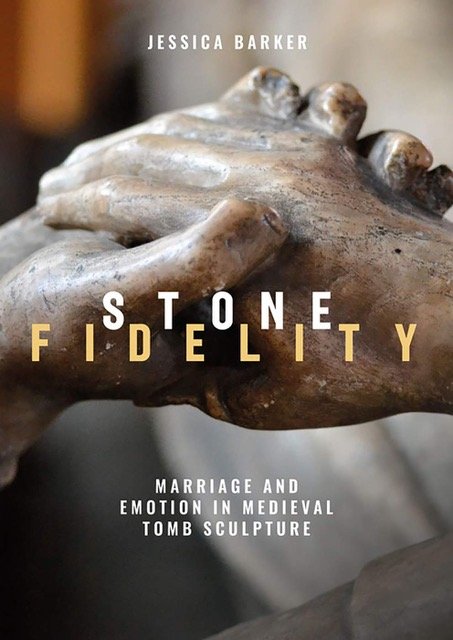Image and Narrative in Romanesque Art
28 – 30 Mar 2022
British School at Rome
More information
The British Archaeological Association will hold the seventh in its biennial International Romanesque conference series in conjunction with the British School at Rome on 28-30 March, 2022. The theme is Image and Narrative in Romanesque Art, and the aim is to examine the use of imagery in the Latin Church between c.1000 and c.1200. The Conference will take place at the British School, with the opportunity to stay on for two days of visits to Romanesque monuments on 31 March and 1 April.
While illustrated codices, sequential pictorial narratives, apse mosaics, and devotional statues were well established before c.1000, several important new image types and settings came into being over the Romanesque period – figuratively enriched portals, historiated cloisters, moralizing programmes, imagery in glass. The conference will consider imagery in its various manifestations, exploring narrative modes, the significance of spatial positioning and visibility, the uses and physical trappings of devotional images, the relationship between political or reformist agendas and the rhetorical power of imagery, and the extent to which media play a role in the development or importation of new iconographical formulae. Are images invested with singular meanings, or are they intentionally polysemous? Does the interest in architectural ‘articulation’ initiate a new understanding of the expressive and aesthetic potential of imagery, and/or emphasise its didactic purpose? Are viewers provided with guidance as to interpretation – through inscriptions, or compositional and visual triggers? How does material and setting affect imagery? How might we understand image and narrative in the Latin West between c.1000 and c.1200?
Speakers include Kristen Aavitsland, Marcello Angheben, Claude Andrault-Schmitt, Giulia Arcidiacono, Yael Barash, Tancredi Bella, Jessica Berenbeim, Armin Bergmeier, Irene Caracciolo, Manuel Castiñeiras, Gaetano Curzi, Barbara Franzé, Deborah Kahn, Wilfried Keil, Robert Maxwell, John McNeill, Mina Miyamoto, Alison Perchuk, Claudia Quattrocchi, Arturo Carlo Quintavalle, Serena Romano, Carles Sanchez, Béla Zsolt Szakács, Rose Walker, and Andrea Worm.
The 2022 conference will be held in the British School at Rome from 28-30 March, 2022 on the theme Image and Narrative in Romanesque Art. Given continuing restrictions on numbers in Italian lecture theatres, however, numbers are restricted and we will operate a waiting list in the hope that the cap on numbers – currently 60 – will rise to 90.
















